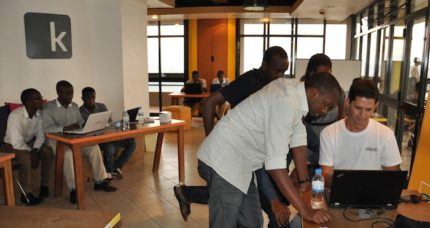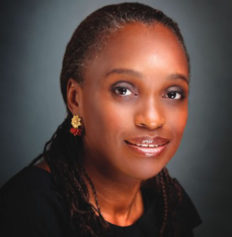Share, click, repost, send. These are the daily habits of hundreds of thousands of Africans living parts of their lives online, connecting them to regions, histories and people that, like for all of us, were previously inaccessible.
Africa’s major urban centers have since 2000 become rapidly digital-ready: investment in mobile broadband, fiber-optic cables, and the expansion of power supplies has enabled millions of people across the continent to get online. Coupled with the declining costs of smartphones and tablets, reports celebrating Africa “going digital” proliferate.
But few focus on the more creative and unusual side of digital engagement: how this world has become a playground for artists.
Artists are not only experimenting with digital technologies, but creating new images and artworks that investigate the spaces between the past and the present, analogue and digital, pre- and post-colonial realities.
The use of internet and social media for news consumption and social activism has risen, with many organizations using digital space as a place to rally and unite, but what about artists? How have they been changing the narrative?
The information age has disassembled what we thought we knew about Africa. It’s offered up alternative stories and visual representations, from Vine dispatches of Ebola-stricken regions, to African “fabbers” building open-source machines from e-waste, to online video collectives in Nigeria.
While the African digital arena expands at a dizzying pace, African digital collagists have taken to the past, using ethnographic images often found online to recreate and remix images of Africa, creating new and often critical narratives.
Websites such as the Nigerian Nostalgia Project have become a popular online resource for collagists to find historical materials photographs, videos, sound clips and graphic art.
Folasade Adeoso is a model and muse for photographers like Kwesi Abbensetts, but she is also known for her digital collages, which mix archival and contemporary images into Dalí-esque visions.
“Research is key,” says Adeoso. “I spend endless amounts of time looking for old scans and reading online articles.”
“Mainly I just think what can I do to bring something different to these images? And I start playing with lines and then connecting one line to another. And then I delete, try again, delete, try again,” she explained to OkayAfrica .
“These photos are already art in themselves, and I get to add my own twist.”
Read more at The Guardian


